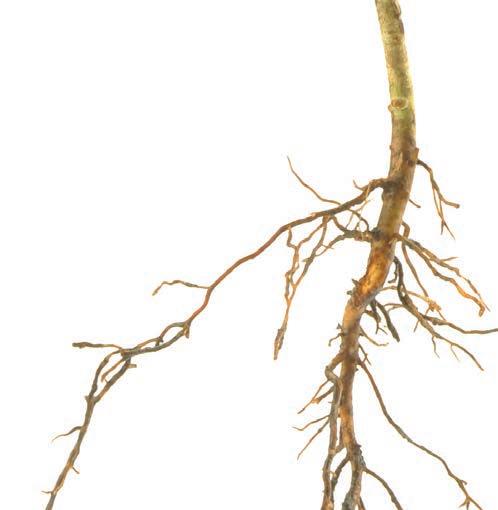
3 minute read
Play (pickle)ball
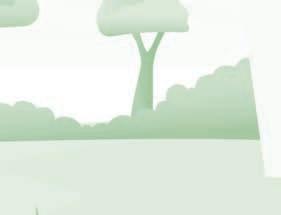
stepped in to help. e paddles cost $35 each, and 33 players donated the $875 to buy them.
Cory Vander Veen, EPRD’s executive director, stopped in to watch the games.
“We have an amazing relationship with the club,” Vander Veen said. “It’s great to bring the sport of pickleball into Evergreen High School and the community.”
Student Mia Graziano said she also played pickleball last summer, so playing as part of the class has helped her skills.
Student Avery Gardner said she plays tennis, so picking up the nuances of pickleball was easier. She’s also tried pickleball on her own, which also helped.
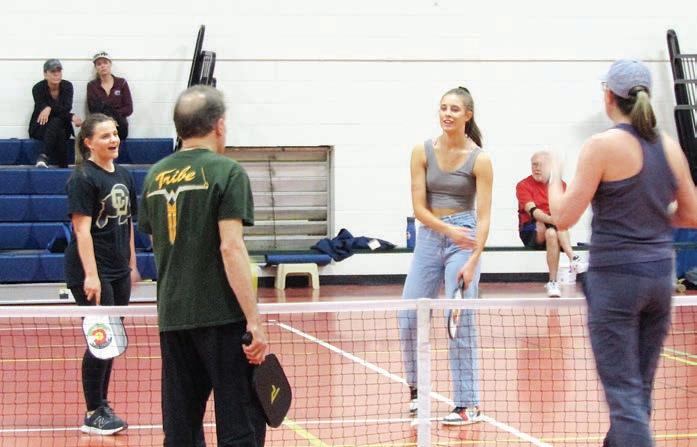
Five points was the winning score for these games rather than 11 to give students more playing time, and the veteran players, in addition to winning games, spent time providing tips to the younger players. Students and Brake said playing against the veteran pickleball players was no joke.
“ ey were humbled really quickly,” Brake said of his students. “ ey learned a lot. It’s been amazing.”
EHS senior Stephen Hartmere, who won the EHS pickleball championship, said there wasn’t much competition because the club pickleball players were so much better.
“ ey’re good,” he added. “ ey’ve been very helpful. ey really know how to play pickleball.”




Elevation Celebration July 29-30th
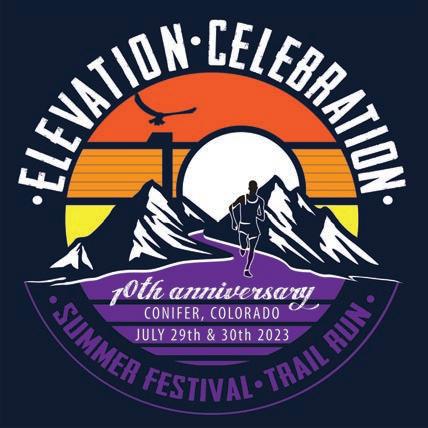
This Conifer festival includes live music performances on two stages, a craft fair featuring unique and handmade items from local artists, a wide range of food and drink, and fun activities for kids! You can get involved by being a business sponsor, a volunteer, having a vendor booth, or simply by coming to this fantastic community event.
Hello, my name is Posey. I’m a 6 year old white and brown bundle of wiggly love. I have spent my life in a lock-down situation, with very little human contact, but that has not stopped my hunger for human a ection. I have had some medical issues that I am now recovering from and am ready to nd a real home with plenty of love - a place where I’m bursting to nd a new life. Could that

Local foragers teach students to cook with wild foods
ere some see weeds, Erica Davis sees ingredients for delicious soups and salads.
“In urban areas, there are a lot of plants that we call weeds that spring up everywhere, that are widely available to people, that are edible and good,” she said.

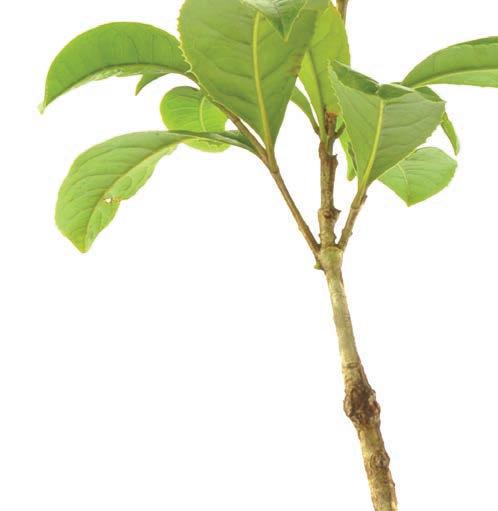

Foraging is the act of gathering wild plants from nature, generally to be used for food, and sometimes to make other products. For Davis and other foragers, spring means plants are starting to grow –which means kitchens will soon be full of wild foods ready to be prepared in creative
Across the Front Range and in the mountains, several foragers share their knowledge through cooking classes based on
Why cook with wild food?
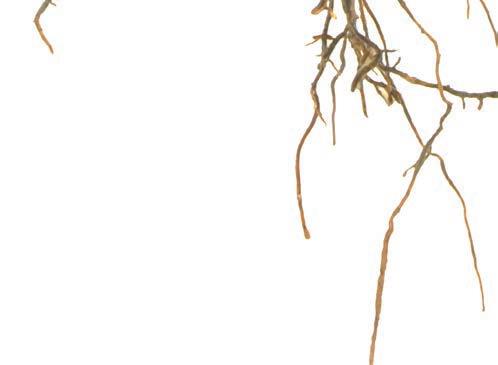
Davis, who runs a blog called Wild Food Girl, has upcoming classes in Ramah and Fairplay. Her Arvada class this spring has

“I think one of the biggest challenges with edible wild plants is that people don’t always know how to prepare them,” she said. “We all know how to cook spinach, we all know how to make broccoli — but we don’t all know how to cook tumble mustard so that it tastes good. So in my classes, I like to give students that experience of preparing an edible wild plant — or three — in a way that I think they are going to Davis’ classes begin with an hourlong plant walk where students learn the names of plants and safety and sustainability guidelines for foraging. Afterward, she teaches them how to prepare several of the plants they have for-
In the spring, dandelions and wild mustard greens are common staples in her
“People sometimes picture foraging as going out into the forest and picking plants
— and that’s part of it — but I would really encourage people to learn the weeds and make use of them,” she said. “A lot of them are non-native species, so there really aren’t as many ecological considerations with picking them.”

Davis teaches her students to make dandelion green soup from a recipe passed down by an Italian relative. Musk mustard is great in salads, and tumble mustard and field pennycress are fun to ferment, she said.
Beyond the creative and flavorful uses of foraged foods, research from 2019 suggests that wild edible greens harvested in urban areas can be abundant and highly nutritious. The study dubbed wild edible plants “open-source food.”
“This idea that open-source food is out there for anybody to eat and make use of — and then furthermore, it’s organic, it’s free, it’s fresh — I just think that’s a great concept,” Davis said.
Safety precautions
Despite their affordability and freshness, wild plants are not all safe to eat. Crystal Baldwin, who teaches wild plant-based classes at her Golden business, Earth Sweet Boutique, said it’s always important to triple-check plants before you eat them.
“I don’t like to frighten people away from… foraged foods because there’s a lot of very safe ones,” Baldwin said. “But I like them to be aware that there are dangerous, poisonous ones that will kill you, and so it’s important to kind of have an idea of what those might be and what to look out for.”
Baldwin encourages those interested in foraging to start by taking classes, working with local experts and reading about which plants are safe to eat.
She also said it’s important to check if plants are near old buildings that could be contributing lead to soil or if plants have been sprayed with pesticides.
